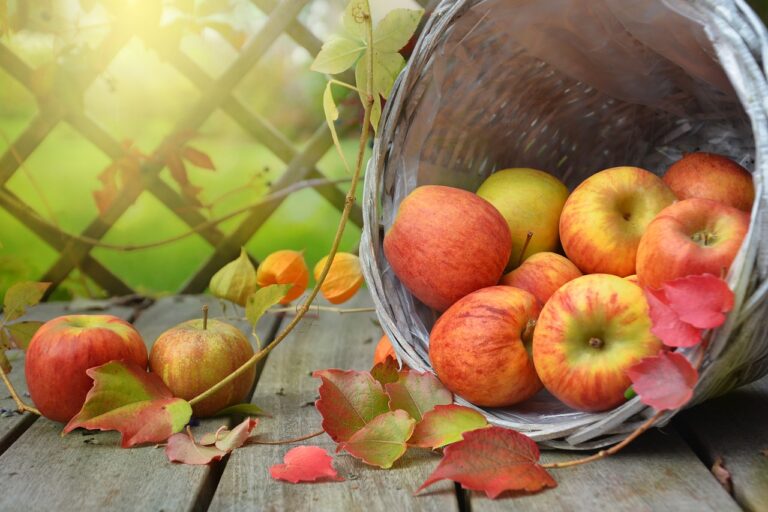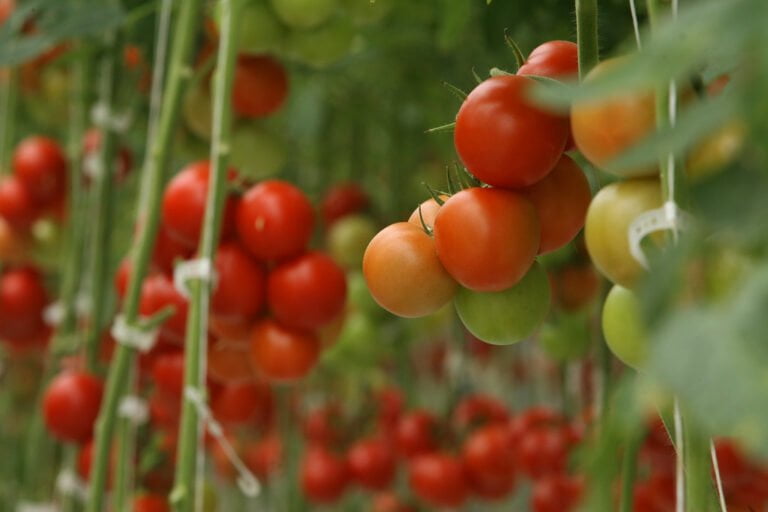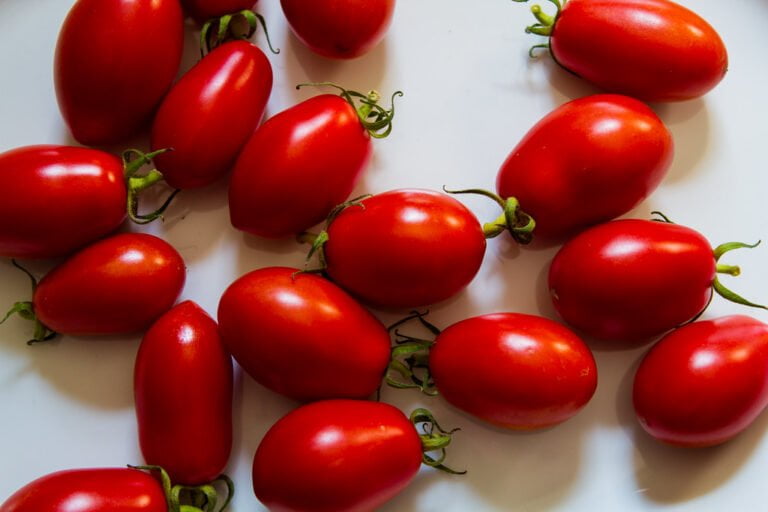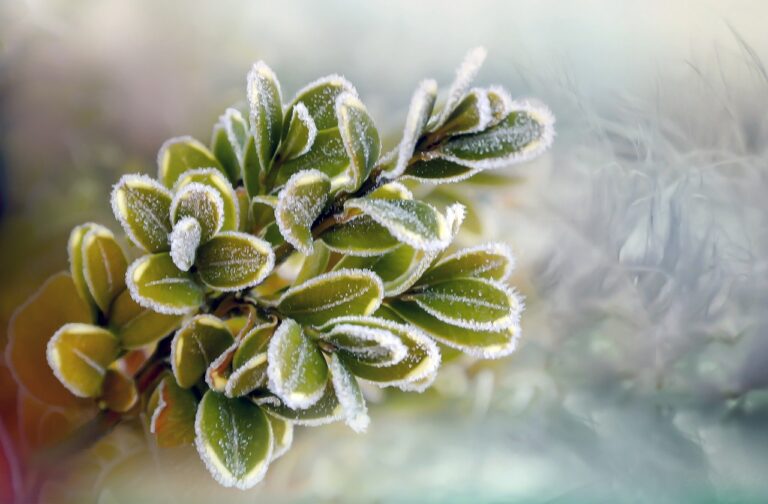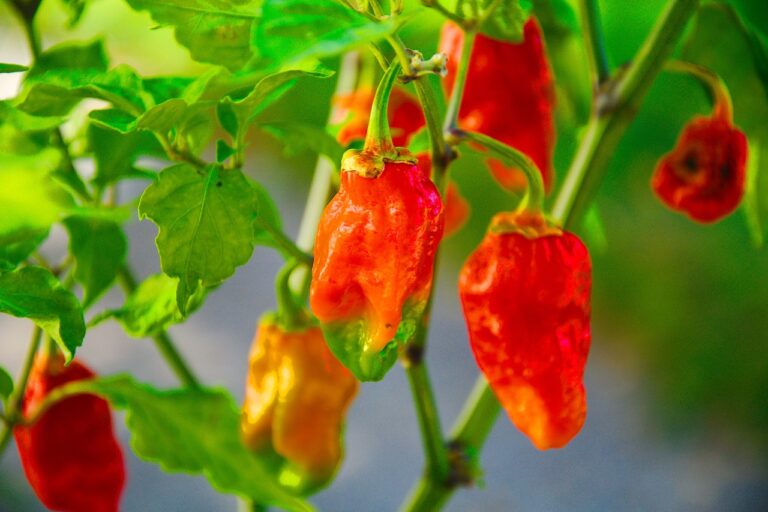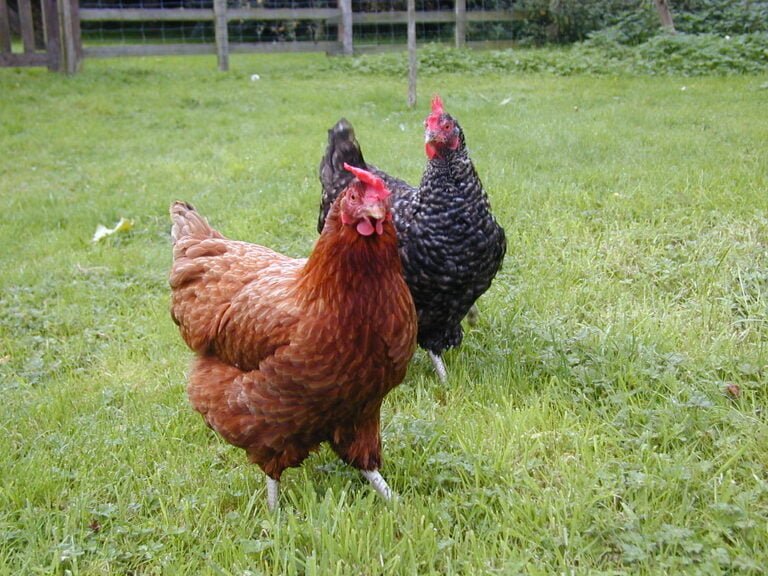Essential Tips for Pruning and Deadheading: Tools, Techniques, and Benefits
I use hand pruners for small branches, lopping shears for thicker stems, and pruning saws for larger branches. Heading cuts encourage bushier growth, while thinning cuts improve light and air circulation. Deadheading boosts flower growth by fostering new blooms and preventing seed production for prolonged blooming periods. Prune in late winter for best wound healing and remove branches with terminal buds. It’s essential to understand the branch collar, choose the right tools, and disinfect them regularly. Consider natural growth habits when pruning for healthier plants. Maximizing plant health through deadheading stimulates continuous blooming and redirects energy for more vibrant blooms.
Pruning Tools and Equipment
Pruning tasks, possessing the appropriate tools and equipment is important for achieving precision and efficiency in maintaining plant health and aesthetics. Hand pruners are ideal for small branches, while lopping shears handle thicker stems. When facing larger branches, a pruning saw or a combination saw might be necessary. Hedge shears, on the other hand, work best for shaping hedges and shrubs neatly.
Understanding the different pruning techniques is essential. Heading cuts involve trimming the tips of branches to encourage bushier growth. Thinning cuts, where branches are cut back to the main stem, help increase light penetration and air circulation within the plant. It is crucial to cut close to buds without damaging them to promote healthy regrowth. Additionally, regularly disinfecting tools helps prevent the spread of diseases between plants.
Each tool has a specific role, and choosing the right one for the job is important. Hand pruners are perfect for precision cuts, while lopping shears provide extra reach and cutting power. Pruning saws are essential for larger branches that hand pruners cannot handle. Combination saws offer versatility for various pruning tasks, blending the benefits of a pruning saw and a hand pruner. Hedge shears excel in shaping and maintaining the uniformity of hedges and bushes. Proper tool selection enhances the effectiveness of pruning, ensuring the health and aesthetic appeal of plants.
Proper Pruning Techniques
With precision and attention to detail, mastering proper pruning techniques is essential for promoting plant health and vigor. Pruning involves selectively removing branches to encourage new growth, improve the plant’s structure, and improve its overall appearance. When pruning, it is critical to make clean cuts at the branch collar, which promotes quick healing and helps prevent diseases from entering the plant. Understanding the natural growth habits of plants is fundamental for effective pruning, as it allows you to work with the plant’s tendencies rather than against them.
Different pruning cuts, such as heading cuts to control the plant’s size and shape, and thinning cuts to improve air circulation and light penetration, serve specific purposes in plant maintenance. By following proper pruning practices, you can help flowering plants produce more blooms and maintain a healthy growth habit. Additionally, pruning for structure, aesthetics, and disease prevention are key goals of proper pruning techniques.
Remember to disinfect your pruning tools between cuts to prevent the spread of diseases from one plant to another. By incorporating these techniques into your pruning routine, you can secure the long-term health and vitality of your plants.
Benefits of Deadheading
Deadheading, the process of removing spent flowers from plants, offers a variety of benefits that can enhance the beauty and health of your garden. By enhancing flower growth and encouraging continuous blooming, deadheading prolongs the vibrant display of colors in your outdoor space. Not only does this practice improve the overall appearance of your plants, but it also redirects their energy towards producing new blooms, ensuring a prolonged blooming period.
Enhanced Flower Growth
Improving flower growth can be achieved through the strategic practice of deadheading, redirecting plant energy towards continuous blooming. When deadheading, I focus on making precise pruning cuts to promote new growth and encourage the plant to produce more flowers. Here are some key ways deadheading boosts flower growth:
- Promotes new growth: By removing dead flowers, the plant can redirect resources towards developing new buds.
- Stimulates continuous blooming: Deadheading encourages the plant to keep producing flowers throughout the growing season.
- Prevents seed production: By eliminating spent flowers, deadheading prevents the plant from investing energy in seed production, leading to more prolific flowering.
- Enhances overall appearance: Regular deadheading results in healthier, more vibrant flowers, improving the overall aesthetic of the plant.
Prolonged Blooming Period
To promote a prolonged blooming period, regularly removing spent flowers through deadheading is vital. Deadheading, a form of pruning, plays a pivotal role in fostering continuous flower production by redirecting the plant’s energy towards new flower development. By preventing the plants from setting seed, deadheading guarantees that resources are utilized for producing more blooms rather than seed production. This practice not only helps in maintaining the aesthetic appeal of the plant but also contributes to the overall beauty of the garden landscape. Through the simple act of removing fading blooms, gardeners can enjoy a garden filled with vibrant flowers for an extended period, enhancing the visual delight and charm of the outdoor space.
Timing for Pruning and Deadheading
I find it essential to time pruning sessions appropriately to maximize plant health and blooming potential. By pruning in late winter or early spring, plants can recover efficiently. Additionally, scheduling deadheading after flowering aids in preserving next year’s blossoms.
Best Pruning Times
During the late dormant season, typically occurring from late winter to early spring, is the most suitable time for pruning most plants. Here are some key points to contemplate for the best pruning times:
- Late Winter or Early Spring: Ideal timing for pruning to control plant growth.
- Plants’ Natural Shape: Trim to maintain the natural shape of plants.
- Growing Season: Pruning in late winter helps initiate the wound sealing process when new growth starts.
- Remove Branches with Terminal Buds: Identify and eliminate branches with terminal buds to encourage new growth in the right direction.
Pruning during this period sets the stage for healthy growth and vibrant blooms later in the growing season.
Deadheading Benefits
After discussing the best pruning times for plants, let’s now investigate the benefits of deadheading and the significance of timing for both pruning and deadheading in maintaining healthy garden growth. Deadheading involves the selective removal of spent flowers to encourage reblooming and promote new growth. By removing dead or diseased blooms promptly, we can redirect the plant’s energy towards producing more flowers instead of seeds, leading to a more vibrant and prolonged blooming period. Proper deadheading techniques, such as cutting just above a set of leaves or buds, are essential to guarantee healthy regrowth and prevent self-seeding. Regular deadheading not only improves the aesthetic appeal of the garden but also helps in controlling invasive spread, making it a critical practice for garden maintenance.
Essential Tips for Effective Pruning
When pruning plants, always make sure to use sharp, clean pruning tools to make precise cuts at the branch collar for best healing and plant health. Proper pruning techniques play an important role in maintaining the overall well-being and appearance of your plants. Here are some essential tips for effective pruning:
- Understand the Branch Collar: The branch collar is the swollen area at the base of a branch where it connects to the trunk. Making cuts at the branch collar helps promote quick healing and prevents damage to the main trunk.
- Choose the Right Pruning Tools: Selecting the appropriate pruning tools such as hand pruners, lopping shears, or pruning saws is crucial for making accurate cuts based on the size of the branches. Clean and disinfect your tools to prevent the spread of diseases among plants.
- Differentiate Between Heading and Thinning Cuts: Heading cuts involve trimming the tips of branches to encourage bushier growth, while thinning cuts involve removing entire branches to improve airflow and light penetration. Understanding these techniques helps in achieving desired plant health and aesthetics.
- Consider Natural Growth Habits: Observing the natural growth habits of your plants is essential for effective pruning. By working with the plant’s natural tendencies, you can maintain its structure, promote growth, and enhance its overall appearance.
Maximizing Plant Health Through Deadheading
Maximizing plant health through deadheading involves strategically removing spent flowers to encourage new blooms and prolong the flowering season. When we deadhead, we redirect the plant’s energy that would have been used for seed production back into flower or fruit development. By preventing the plant from putting energy into producing seed heads, we can stimulate the growth of more flowers, enhancing the overall appearance of the plant. This process not only benefits the plant aesthetically but also contributes to its health by promoting continuous flowering.
Regular deadheading is a simple yet effective way to improve plant health. It helps in maintaining plant aesthetics by preventing the formation of seeds and encouraging the plant to focus its resources on producing more blooms. By deadheading faded flowers, we signal to the plant to keep blooming, which can lead to a more extended and abundant flowering season. This practice supports the plant in allocating its energy efficiently, resulting in healthier growth and more vibrant blooms.

